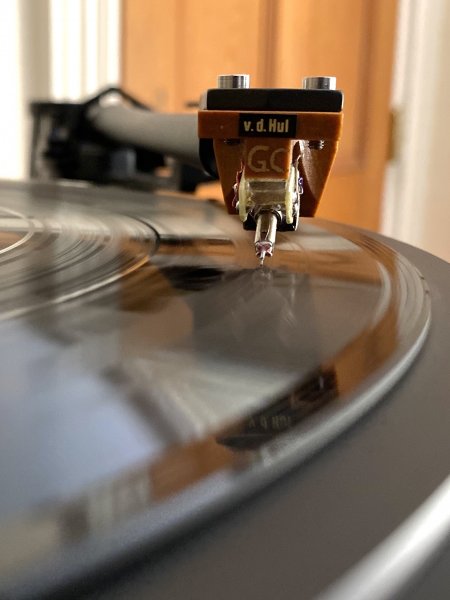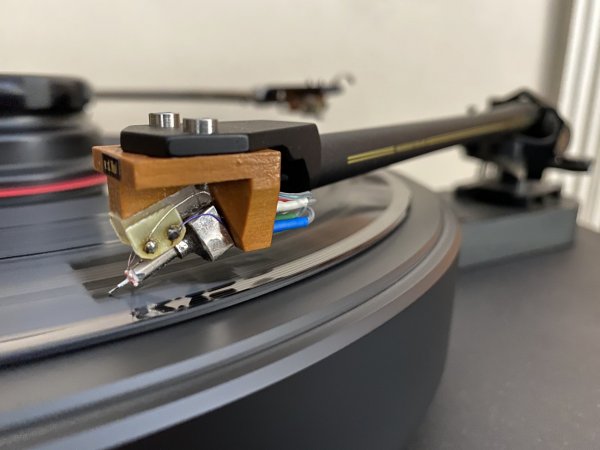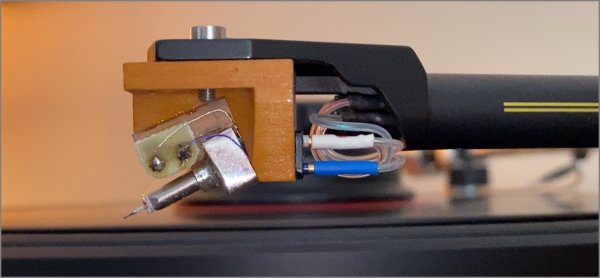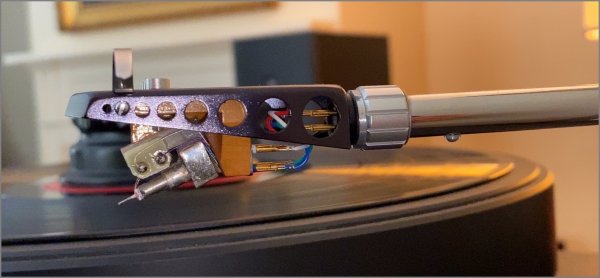Magico is the king of hifi-sounding speakers which focus on flat frequency response, extreme detail, pin point imaging, 3d soundstages, black background, zero distortion etc. All the hifi fireworks that "draw attention to themselves" are here, but now you are talking "natural" and other vague, musical oriented terms that aren't congruent with the loudspeaker's goals. Said another way, you can't turn a Magico into an Art Dudley kind of loudspeaker (RIP).
That's all I meant - it was just an observation, not a judgment. I think there are left and right brained listeners, people just have to know which camp they fall in.
Thank you Keith. I understand. No judgement, just an observation and difference of opinion.
I don't know with what side of my brain I listen to my system. When simply enjoying music, it is probably one side. When listening critically while fine tuning the set up in an effort to improve the sound and make it more engaging and enjoyable, it is probably the other side.
I disagree that Magico is "the king of hifi-sounding speakers." I have opined that I do not think it has much of a sound, certainly not a "hifi" sound. My system had a "hifi" sound prior to my recent changes, and my speakers were certainly a part of that system, but the sound has changed pretty dramatically, and the system still has the same speakers.
A "hifi sound" is not what comes to mind when I listen to Madfloyd's M Pro either, or Myles Astor's S5 mk 2s. I agree the speakers are fairly low in distortion. They generally measure pretty well, but I have no idea what you mean by "extreme detail", "black background" and "hifi fireworks that draw attention to themselves". If anything, the well set up systems with Magico speakers that I have heard tend to disappear. That is just the opposite of what you are describing.
Jim Smith did not describe my old Mini IIs using the terms you use above when he was finished voicing my system. He referred to the sound as "musically involving and emotional". I am using the term "natural" more and more, because I think it describes my goals and what I am trying to achieve. My speakers and system are allowing for the use of that term, at least for me. What I am doing with my system has more to do with set up than it does with the speakers, and I suspect this is the case with lots of systems with good equipment.
Here are two more recent quotes by Jim Smith describing the Magico M3 speaker which also have nothing to do with a "hifi" sound or any of the other terms you mentioned, but rather "musically involving", "tuneful", "dynamic", "cohesive", "agile", and "ability to disappear".
I realize we all have different tastes, and Magico is surely not for everyone. I understand that very well. It is, however, very interesting that you and I think of the brand in such different terms. Jeffrey_T and Ron Resnick have heard my system, and you know their tastes pretty well. I understand that people can have different opinions.
EDIT: I had thought YG claimed "the best measuring speakers ever" or something like that. I suspect that YG and Magico are more similar in approach than they are different, surely relative to many other popular brands owned by members here at WBF.
Jim Smith
Senior Member

Join DateMar 2014
LocationAtlanta, GA
Posts666
Post Thanks / Like
 Re: New speakers: Magico M3 v Rockport Cygnus v YG Sonja 2.2 v Gryphon Pantheon
Re: New speakers: Magico M3 v Rockport Cygnus v YG Sonja 2.2 v Gryphon Pantheon
IME with voicing 3 of these models (no Gryphon yet) in systems to work best in the owners' rooms, without pointing out potential negatives, I have found the Magicos to consistently be more musically involving. This is stated as simply my observations (and yes, personal taste), not as some debatable fact.
Senior Member

Join DateMar 2014
LocationAtlanta, GA
Posts666
Post Thanks / Like
 Re: New speakers: Magico M3 v Rockport Cygnus v YG Sonja 2.2 v Gryphon Pantheon
Re: New speakers: Magico M3 v Rockport Cygnus v YG Sonja 2.2 v Gryphon Pantheon
Originally Posted by
PeterA 
Jim, could you write a bit more about the M3's positive attributes, or what you heard from the system once you were finished voicing it? I am also curious about what amplifier the client is using with the M3s. Thanks.
Peter,
Once I become intimately involved in the RoomPlay set-up music - in the music from tracks that I have probably played well over a thousand times, I'm done.
This happened more easily with the Magicos, perhaps because they were a bit more agile, tuneful, & dynamic, yet remaining more cohesive. The Magicos disappeared more easily as well, thereby assisting with the vital Presence effect.
The amps were D-Agostinos & another pair were CATs.
Both of the other speakers ended up with a much better performance than at the beginning. I was satisfied with what they delivered vs. how they performed at first.
As you know, I am there to make what the owner already has to perfrom at a much higher level. So I don't recommend product changes...
IMO, there's just something
magical about those Magicos...








